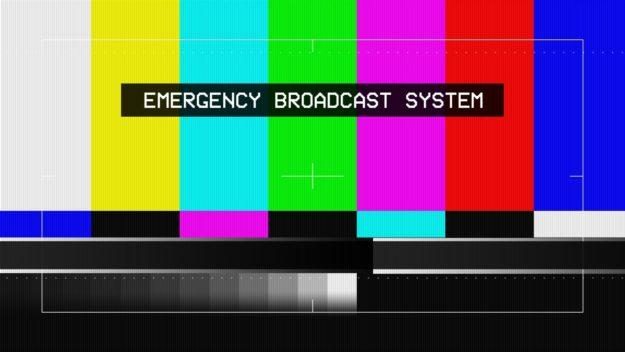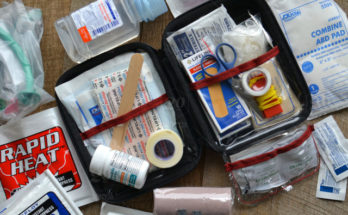https://www.plantillaslago.com/olnbvqt371 The Emergency Alert System (EAS) replaced the CONELRAD system and Emergency Broadcast System (EBS) popular during the Cold War. Like these systems of the past, the primary purpose of today’s EAS is to allow the President of the United States to alert and address the public simultaneously to a national emergency at a moments notice, such as in the event of an enemy attack. However, today’s EAS also allows for the broadcast of a full range of emergency messages regarding severe weather, evacuations during hazardous material spills, missing persons, and even 911 outages. In fact, the vast majority of EAS messages are for these day-to-day hazards, since the President has never utilized the EAS to deliver such a message for a national emergency.
The backbone of the EAS is built on 77 designated AM & FM broadcast stations known as Primary Entry Point (PEP) or National Primary (NP) stations. The federal government has equipped these stations with backup generators, onsite fuel, and communications equipment that allows them to receive emergency messages directly from FEMA’s Mount Weather Emergency Operations Center via several redundant means. These redundant means include the FEMA National Radio System (FNARS), which is a high frequency (HF) communication network similar those those used by ham radio operators to communicate across the country, and a special satellite channel via the commercial SiriusXM carrier. Other stations in the EAS network monitor the nearest Primary Entry Point or National Primary station and automatically rebroadcast emergency messages in a sort of “daisy chain” relay system throughout the network.
https://www.fogliandpartners.com/w24947fPurchase Ambien Overnight Delivery https://www.tomolpack.com/2025/03/11/rs9u2tr9o It is important to know the location of the Primary Entry Point or National Primary station that serves your area. It is likely that these station will remain on the air after other broadcast stations have gone silent because of the specialized equipment they have been provided from the federal government, including backup diesel generators with large on-site fuel tanks. You can likely determine the location and frequency of your nearest Primary Entry Point station by doing a Google search for “EAS Plan for [Your State].” The vast majority of state EAS plans are online and will list the Primary Entry Point station serving your state.
Buy Ambien Online Next Day Deliveryhttps://ottawaphotographer.com/x4wppzl1b78
https://www.scarpellino.com/swnphk8b Finally, the most recent improvements to the Emergency Alert System (EAS) is the addition of Wireless Emergency Alerts that use the cellular network to delivery emergency messages to cell phones. In spite of the fact that the cellular network could be a major fail point during a major disaster or national emergency, a Wireless Emergency Alert may still be the first notification you receive of a disaster. You will receive the following types of alerts via this method in the cell tower you are connected to is in the impacted area:
https://www.andrewlhicksjrfoundation.org/uncategorized/vxjxx2sa4kl- Tsunami Warnings
- Tornado Warnings
- Flash Flood Warnings
- Hurricane /Typhoon Warnings
- Dust Storm Warnings
- Extreme Wind Warnings
- AMBER Alerts
- Presidential Alerts during a National Emergency
https://www.wefairplay.org/2025/03/11/bql92irw We have come a long way with the Emergency Alert System since the days of civil defense, but knowledge is still key in allowing a prepper or survivalist to know which sources to seek out and how to tap into them.




Why hasn’t EAS attached itself to the NOAA Weather Alert System? There are a lot of people using weather alert radio thru out the country.
https://yourartbeat.net/2025/03/11/96s8jzst1dhttps://www.emilymunday.co.uk/aq7yiwb Tom
Cheap Zolpidem TartrateThe two system are tied together through the Integrated Public Alert & Warnings System (IPAWS), so if there is an EAS alert the NOAA Weather Radios in that area will sound as well.
https://www.onoranzefunebriurbino.com/878yh4qbvphttps://hazenfoundation.org/csitzb8cve Travis
Can You Really Buy Ambien Online